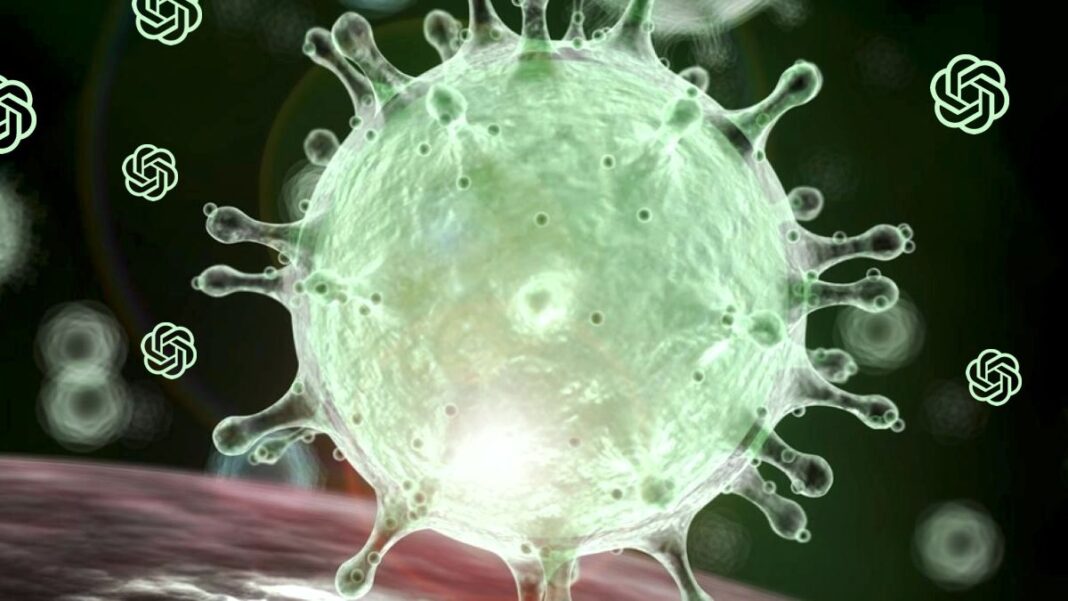Some mask wearers were found to have up to 40 percent higher incidence of infection, contradicting earlier studies and opposing the narrative of mask mandates.
People who wore protective masks were found to be more likely to contract COVID-19 infections than those who didn’t, according to a recent Norwegian study.
The peer-reviewed study, published in the journal Epidemiology and Infection on Nov. 13, analyzed mask use among 3,209 individuals from Norway. Researchers followed them for 17 days, and then asked the participants about their use of masks. The team found that there was a higher incidence of testing positive for COVID-19 among people who used masks more frequently.
Among individuals who “never or almost never” wore masks, 8.6 percent tested positive. That rose to 15 percent among participants who “sometimes” used masks, and to 15.1 percent among those who “almost always or always” wore them.
Adjusting for factors such as vaccination status, the study determined that individuals who sometimes or often wore masks had a 33 percent higher incidence of COVID-19, compared to those who never or almost never wore masks. This jumped to 40 percent among people who almost always or always wore them.
However, adjusting for “differences in baseline risk over time,” the risk of wearing masks turned out to be “less pronounced,” with only a 4 percent higher incidence of infection among mask-wearers.
“The results contradict earlier randomized and non-randomized studies of the effectiveness of mask-wearing on the risk of infection,” the researchers wrote.
“Most of these studies reported that wearing a face mask reduces the risk of COVID-19 infection. Some observational studies have reported manyfold reductions while one community-based randomized trial failed to demonstrate a statistically significant reduction in infection risk and one cluster randomized community trial found only a modest reduction.”
The researchers pointed out a major limitation of their study: Individuals who used masks may have done so to protect others from their own infection. This could explain the “positive association between risk of infection and mask usage.”
Behavioral differences and the fact that the survey was based on self-reporting could also contribute to bias, it stated.









